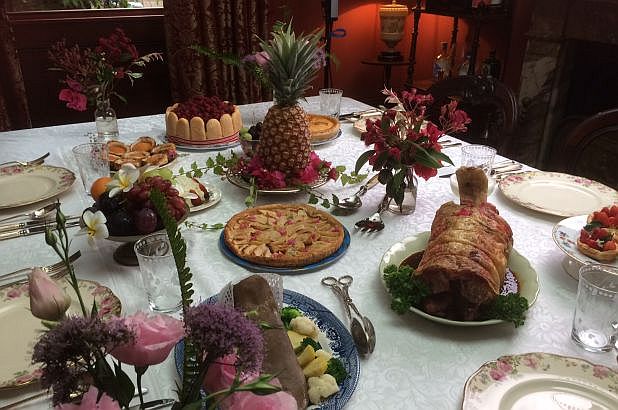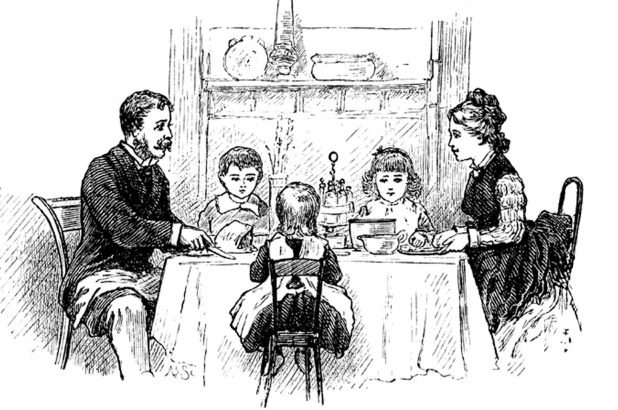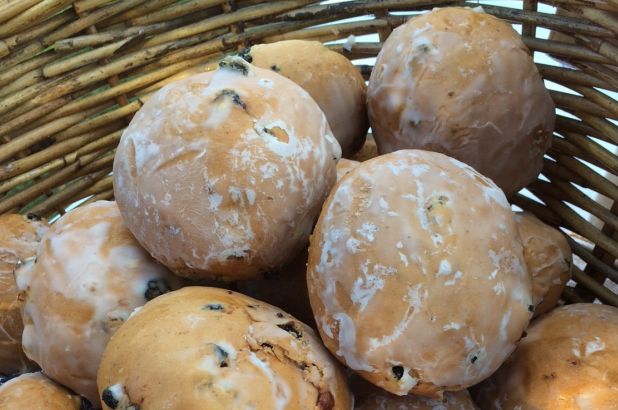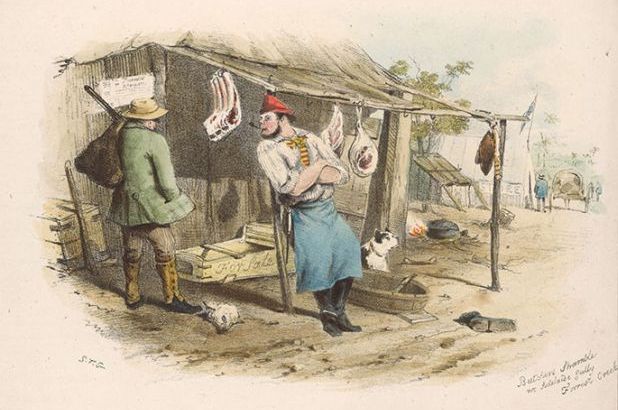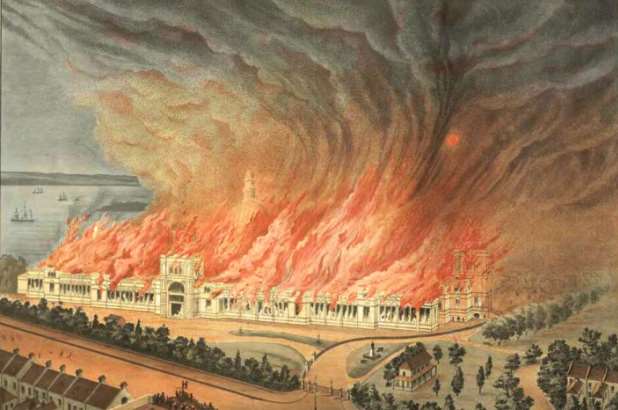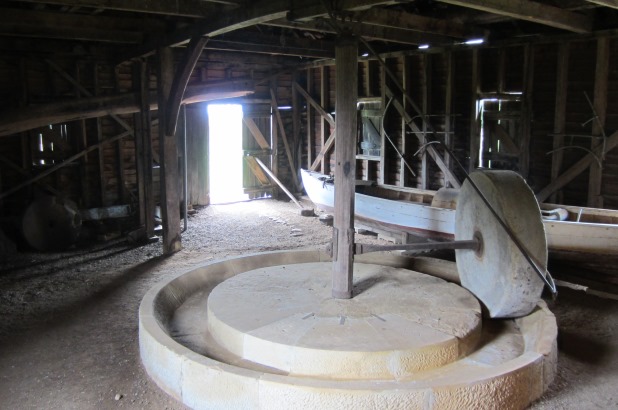With a Federal election being held across the nation this weekend, we’ve been having a bit of fun discussing the idea of the ‘Democracy Sausage’ Continue reading
Vote 1, the sausage sizzle!
Grilling Sausages, courtesy Unsplash. Under Wiki Commons Licence, 2015.

